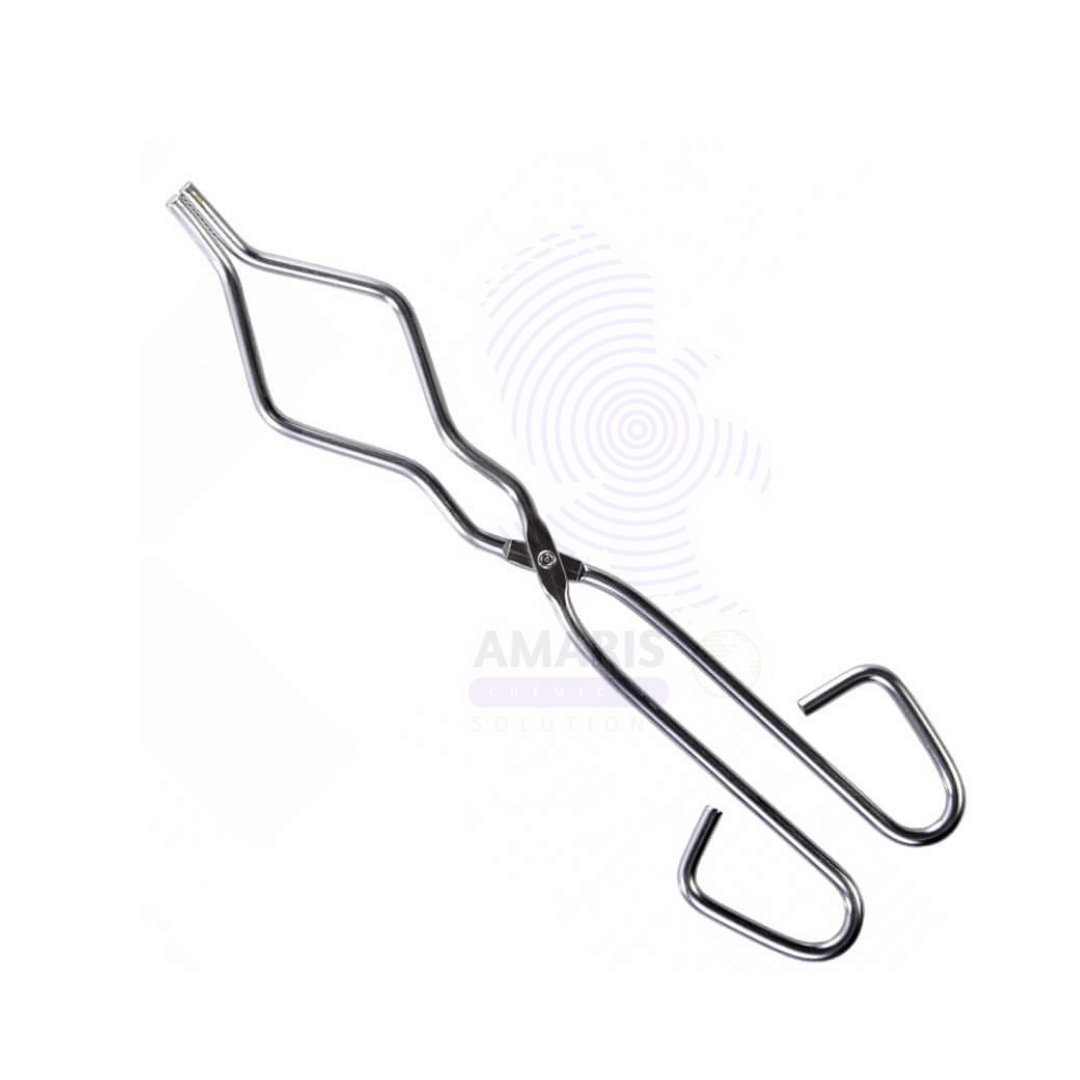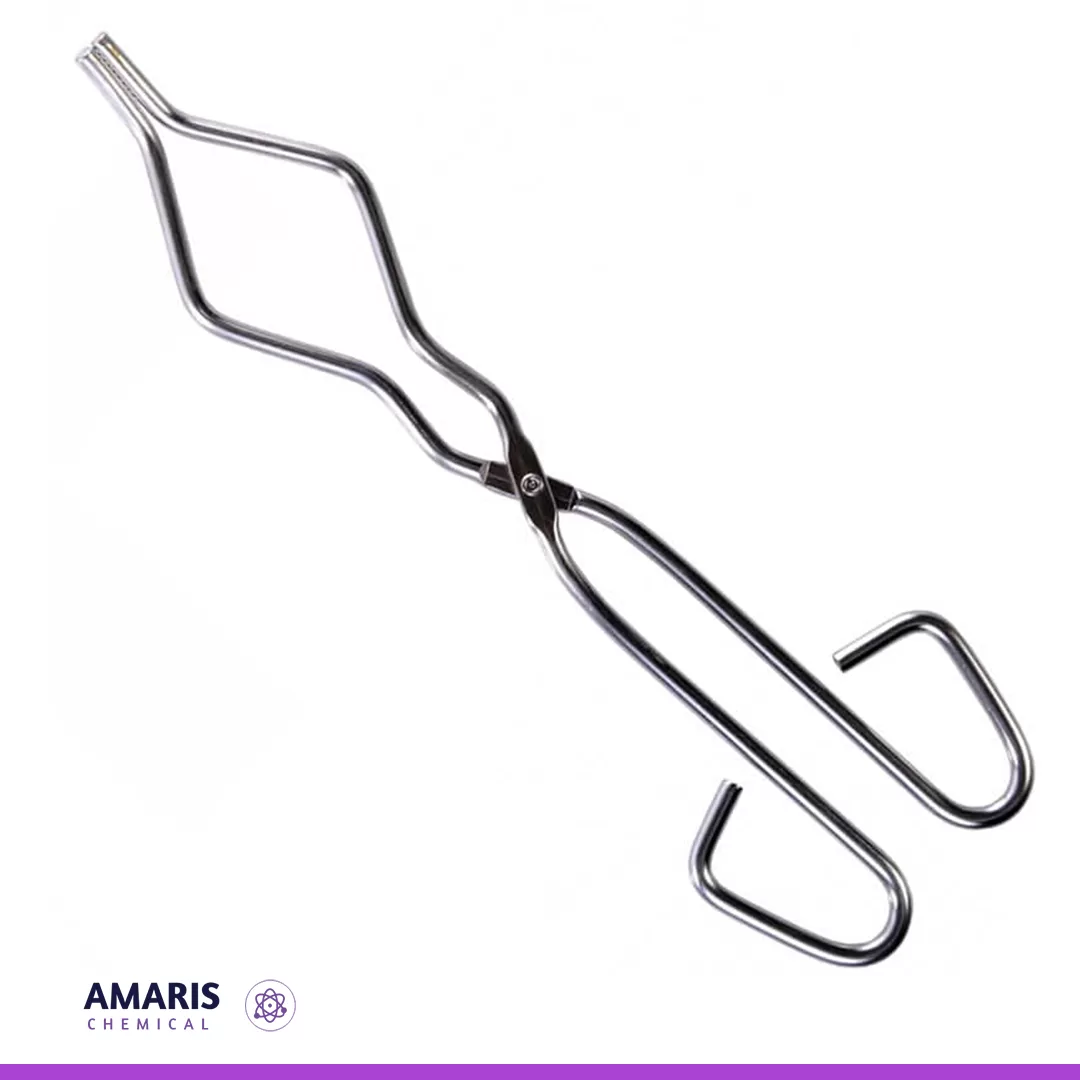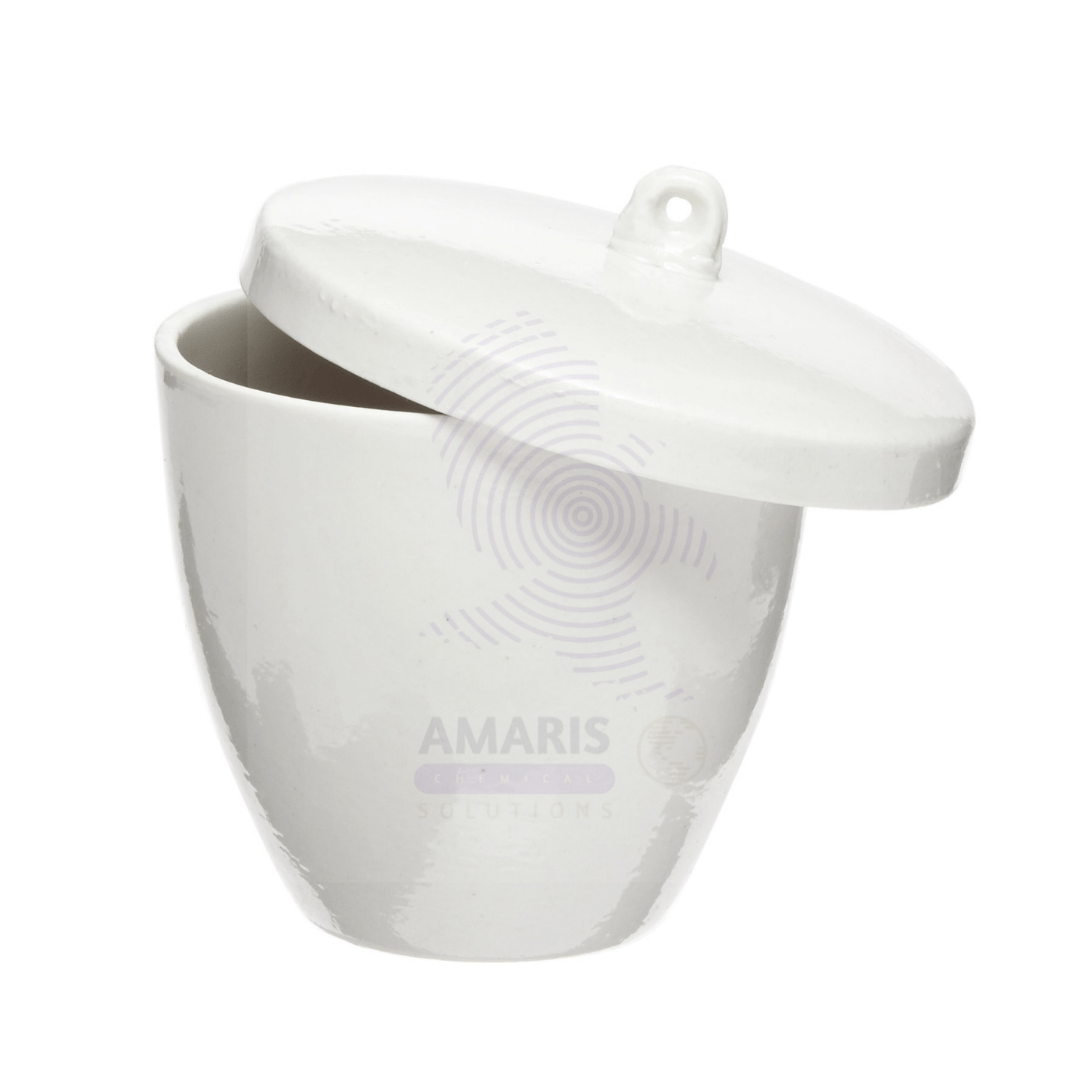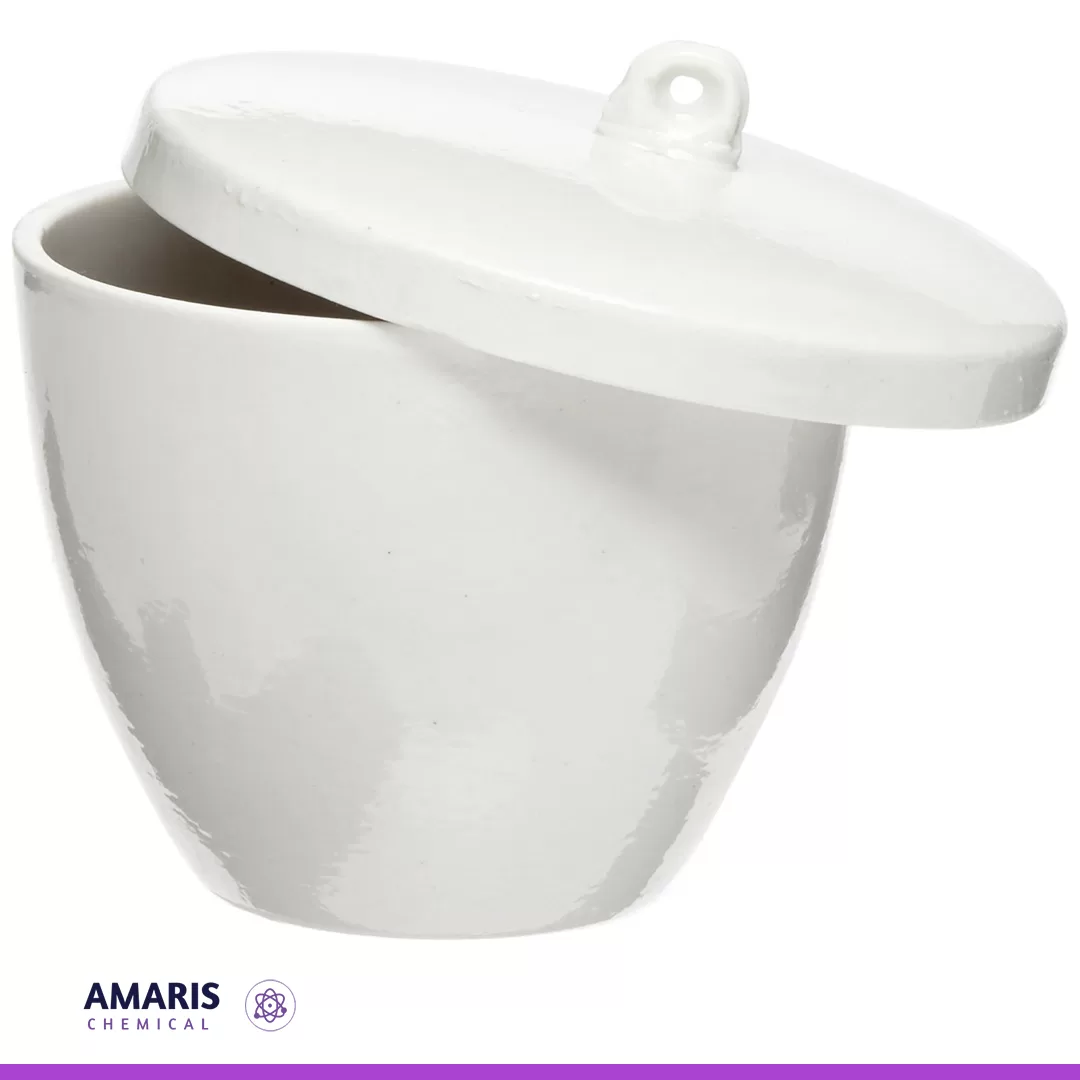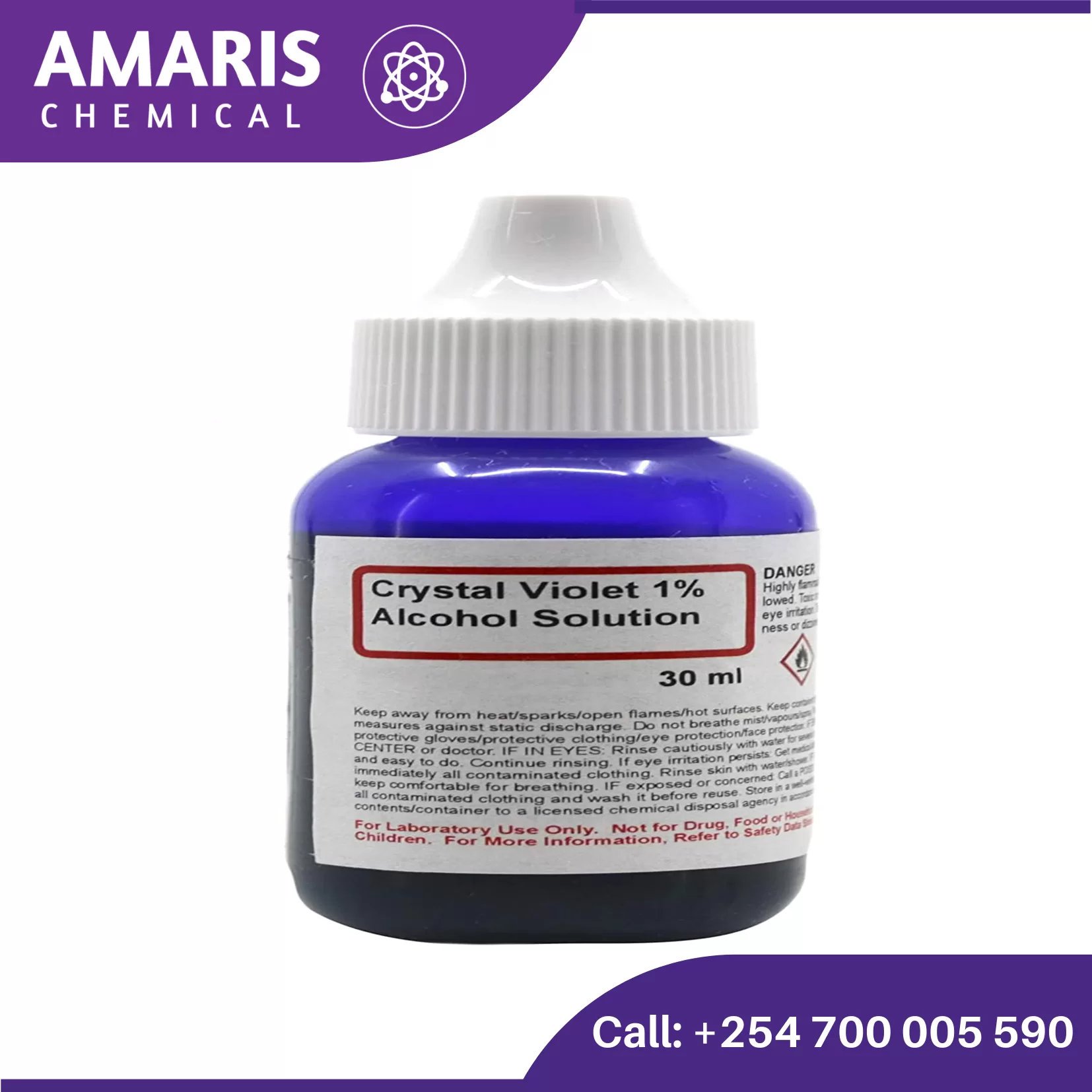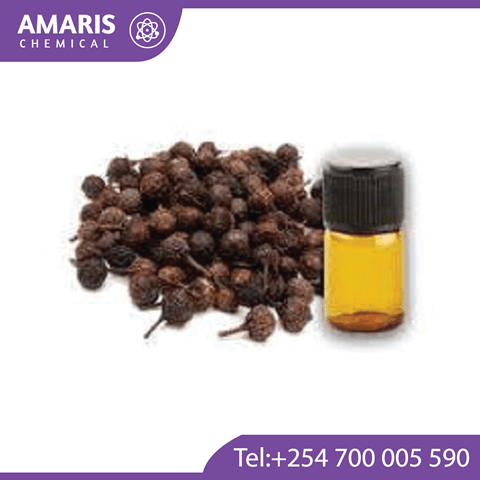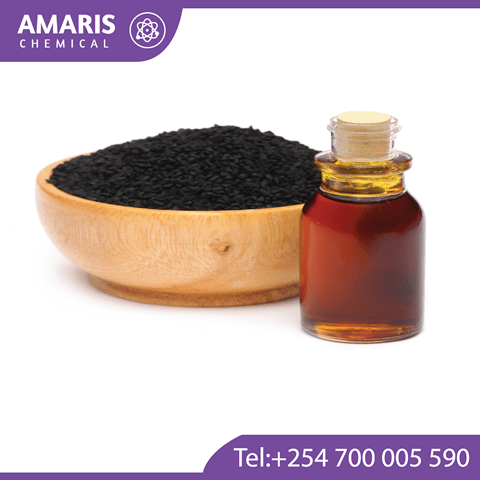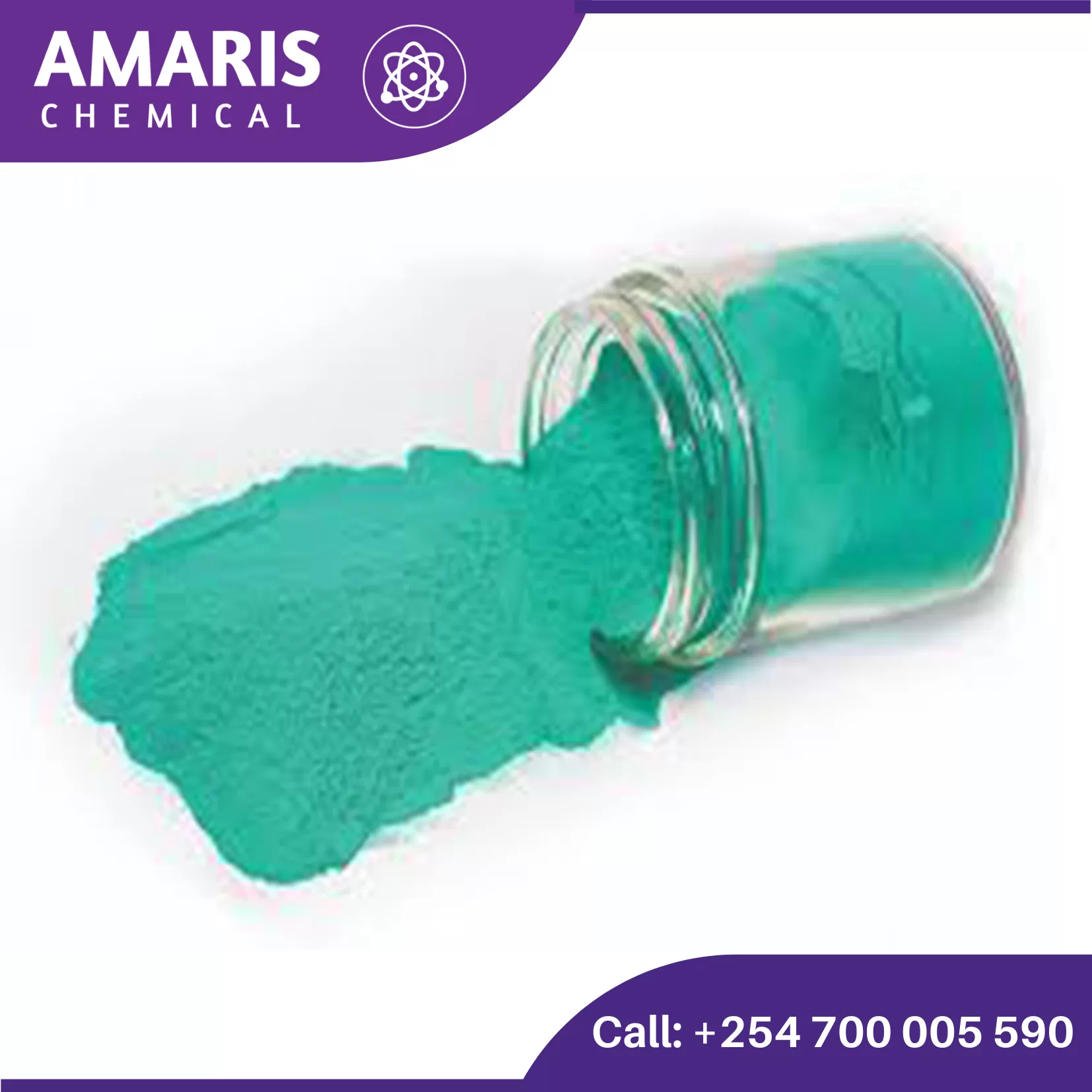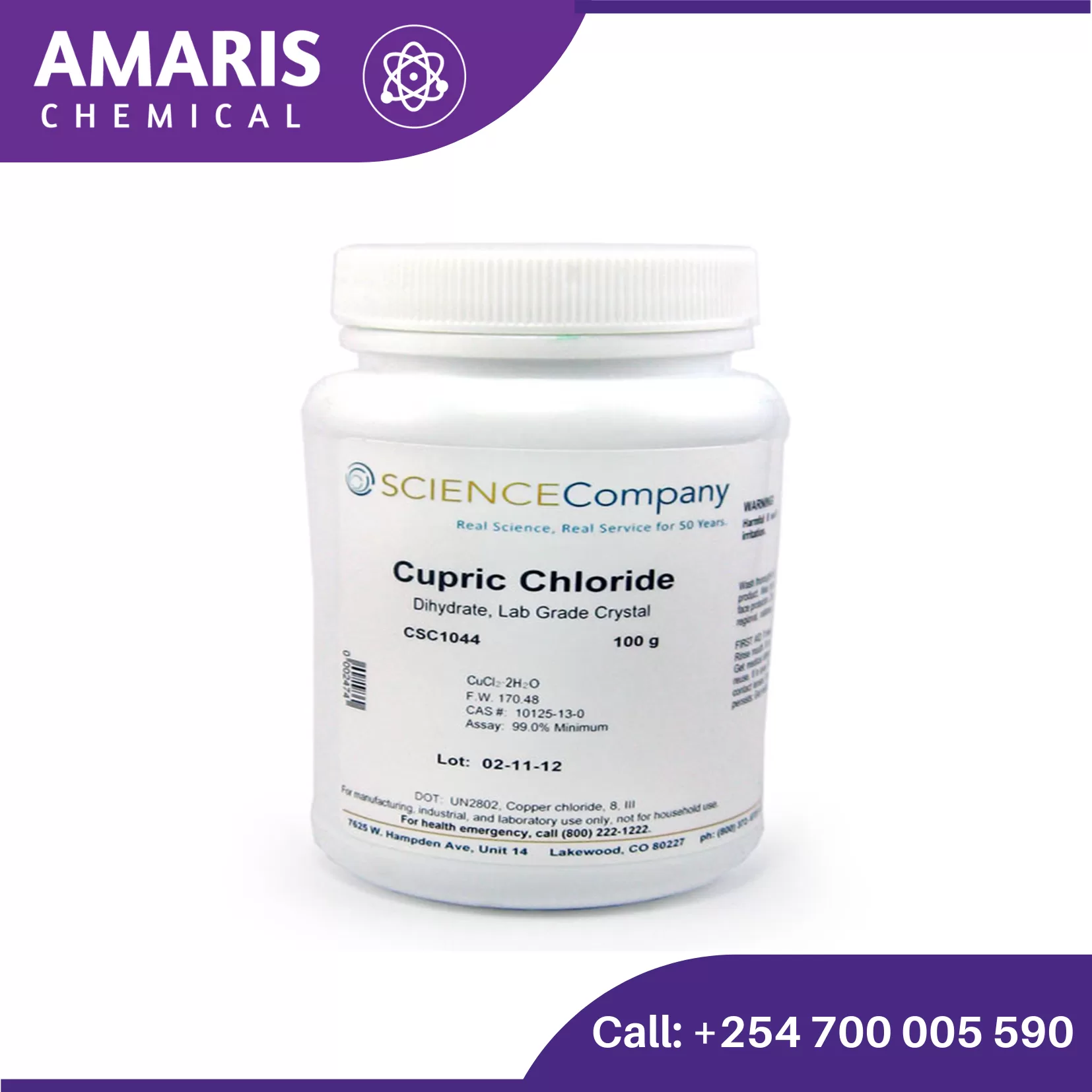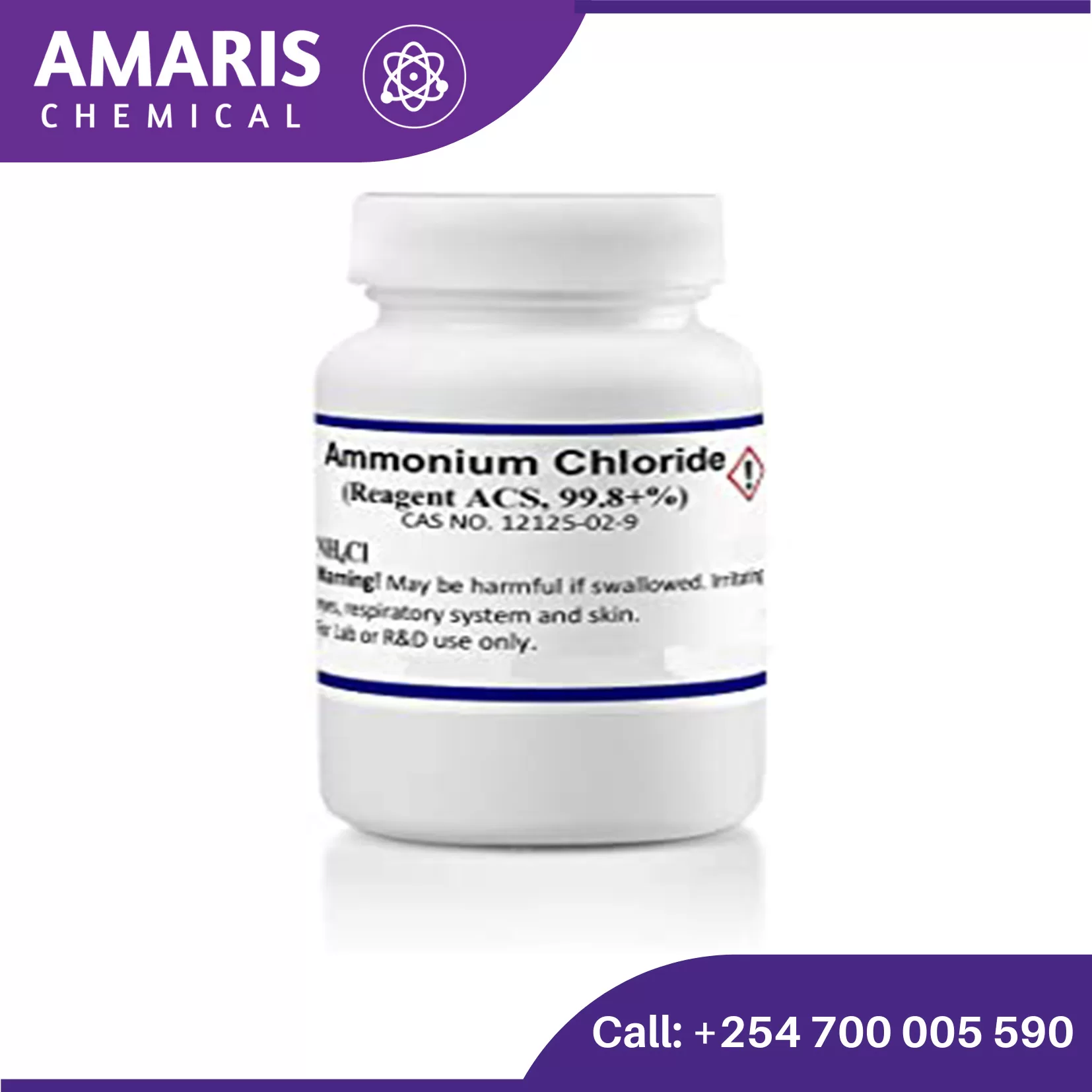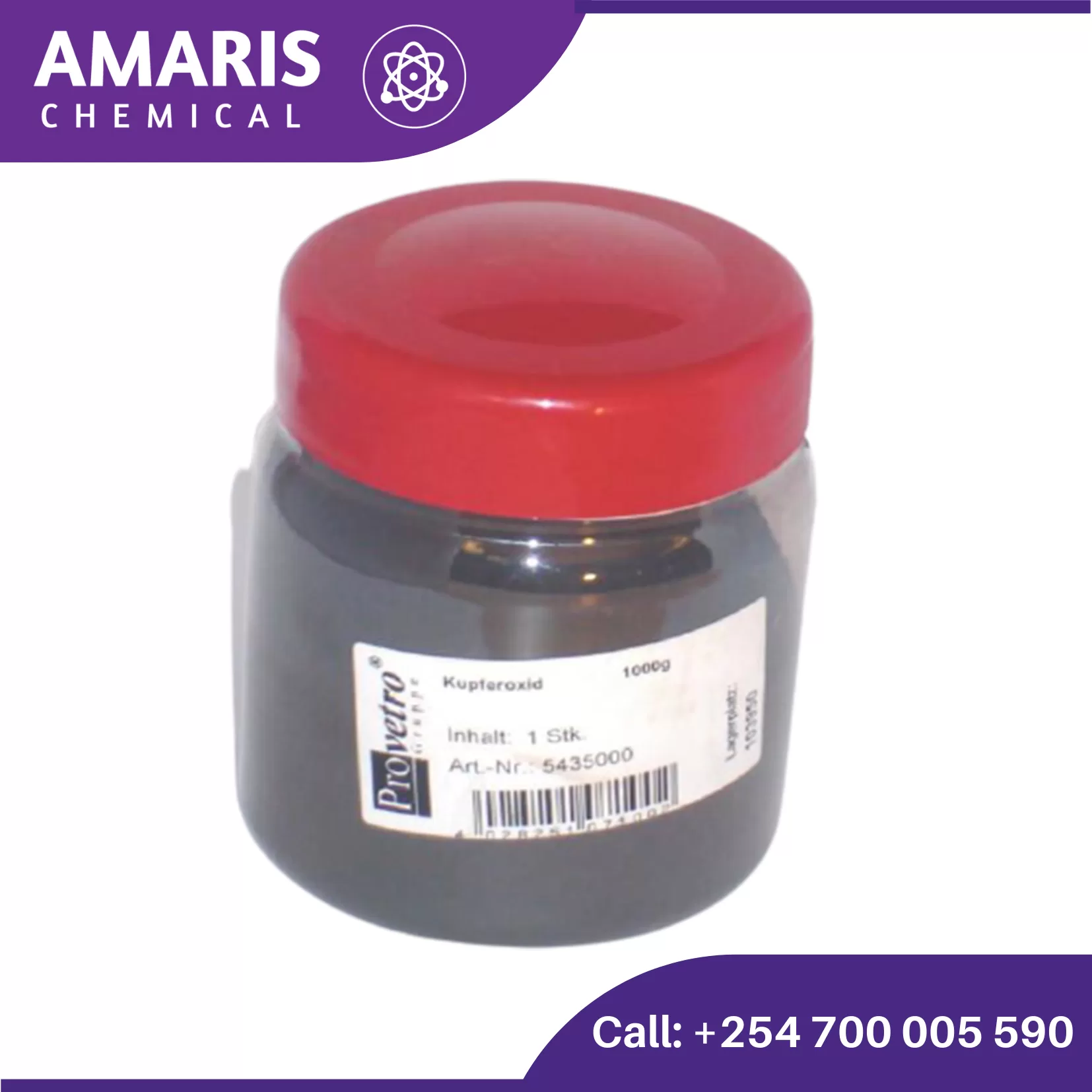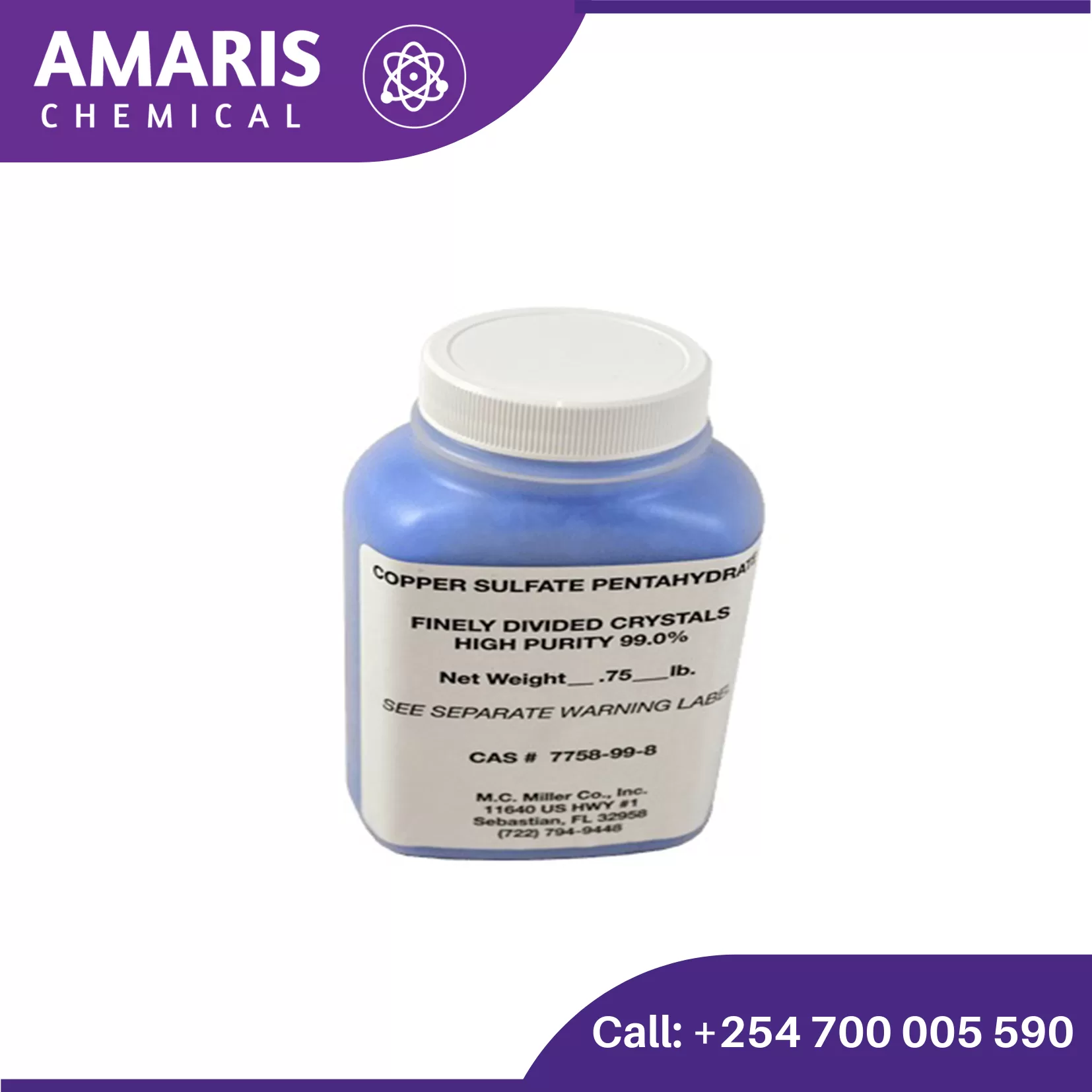crooks radiometer
The Crookes radiometer, also known as a light mill, is a fascinating scientific instrument that consists of a glass bulb containing a vacuum and a lightweight rotor mounted on a spindle. The rotor features a series of vanes, typically painted black on one side and white or reflective on the other. When exposed to light, particularly sunlight or a strong light source, the vanes spin, with the black side moving away from the light source and the white side moving toward it.
This seemingly paradoxical motion occurs due to the differential heating of the vanes: the black surface absorbs more light energy and heats up more than the white surface, creating a temperature difference that results in a pressure difference of the residual gas molecules within the vacuum. This causes the rotor to spin, demonstrating the conversion of light energy into mechanical energy. The Crookes radiometer serves as an engaging educational tool, illustrating fundamental concepts in physics, such as light absorption, thermal dynamics, and energy transfer.
Crucible tongs
Lab crucible tongs are a laboratory tool designed for safely handling small containers called crucibles, typically made of ceramic or metal, when they are hot. These tongs consist of two arms with curved, pointed tips that can be used to grip the crucible securely and maneuver it without direct contact, protecting the user from burns or other hazards associated with high-temperature materials.
Crucible Tongs
Crucible tongs are specialized laboratory tools designed for the safe handling of hot crucibles and other heated materials. Typically made from heat-resistant metal or alloys, they feature long handles that allow users to maintain a safe distance from high temperatures. The gripping end is often shaped with a curved or pointed design, ensuring a secure hold on crucibles or glassware while minimizing the risk of spills or burns.
These tongs are essential for tasks such as transferring crucibles to and from furnaces, removing hot glassware, and handling various types of heated containers in chemical and materials research. Their ergonomic design enhances precision and control, making them indispensable for laboratory safety and efficiency.
crucible with lid
A crucible with a lid is a small, heat-resistant container typically made of ceramic or metal, designed for high-temperature applications in laboratories. The lid serves to cover the crucible, minimizing heat loss, reducing the risk of contamination, and containing volatile substances during heating processes. Crucibles come in various sizes and shapes, often with a spout for easy pouring. They are essential for melting metals, conducting chemical reactions, ashing samples, and performing thermal analysis, providing a controlled environment for a range of experimental procedures. Their robust construction ensures durability and reliability in demanding laboratory settings.
Crystal Violet 1% alcohol solution 25gm
Crystal Violet, also known as gentian violet, is a synthetic dye with antibacterial and antifungal properties. It's commonly used in microbiology as a staining agent to visualize bacteria and other microorganisms under the microscope.
A 1% alcohol solution of Crystal Violet would mean that 1 gram of Crystal Violet dye is dissolved in 100 milliliters of alcohol. This solution is typically used in Gram staining, a differential staining technique used to classify bacteria into two groups: Gram-positive and Gram-negative.
In Gram staining, Crystal Violet is the primary stain that imparts a purple color to both Gram-positive and Gram-negative bacteria. The alcohol serves as a solvent and fixative, helping the dye penetrate the bacterial cell wall and retain its color during the staining process.
Cupric Carbonate 500gm
Cupric carbonate, also known as copper(II) carbonate, is a chemical compound with the formula CuCO3. It exists in nature as several different minerals, including malachite and azurite, which are valued for their vibrant green and blue colors, respectively. Cupric carbonate can also be synthesized in the laboratory.
In its natural form, cupric carbonate is often used as a pigment in paints and dyes due to its striking color. It has also been used historically as a source of copper in various applications, including as a fungicide in agriculture.
Cupric carbonate is insoluble in water, but it can react with acids to form soluble copper salts. Additionally, it can decompose upon heating to release carbon dioxide and form copper(II) oxide.
It's important to handle cupric carbonate with care, as copper compounds can be toxic if ingested or inhaled in large quantities.
Cupric Chloride 250gm
Cupric chloride, also known as copper(II) chloride, is a chemical compound with the formula CuCl₂. It appears as a yellowish-brown powder in its anhydrous form and turns into a blue-green crystalline solid when hydrated. This compound is highly soluble in water, forming a blue solution.
Properties:
- Chemical Formula: CuCl₂
- Molecular Weight: 134.45 g/mol
- Appearance: Yellowish-brown powder (anhydrous), blue-green crystals (hydrated)
- Solubility: Highly soluble in water and ethanol
Cupric Oxide 100gm
Cupric oxide, also known as copper(II) oxide, is a black solid with the chemical formula CuO. It is a significant compound of copper and has various applications in different fields. Here are some key points about cupric oxide:
Properties:
- Chemical Formula: CuO
- Appearance: Black or dark brown powder.
- Molecular Weight: 79.545 g/mol
- Melting Point: 1,326 °C (2,419 °F)
- Density: 6.315 g/cm³
- Solubility: Insoluble in water but soluble in acids.
Production:
Cupric oxide can be produced by several methods, including:- Thermal Decomposition: Heating copper(II) nitrate, copper(II) carbonate, or copper(II) hydroxide in the absence of oxygen.
- Direct Oxidation: Heating metallic copper in the presence of oxygen.
Cupric Sulphate Anhydrous
Cupric sulfate anhydrous refers to the form of copper(II) sulfate that does not contain water molecules in its crystal structure. It is used similarly to the hydrated form (cupric sulfate pentahydrate) in laboratory settings, often in analytical chemistry and as a source of copper ions in various reactions and processes.











